Soils and sustainable development goals of the United Nations: An International Union of Soil Sciences perspective
Abstract
Being critical to achieving Sustainable Development Goals (SDGs) of the United Nations, strengthening understanding of the properties and processes of soil at national and regional scales is imperative. The necessity to realize SDGs by 2030 also inspires a greater sense of responsibility and care for soils. Sustainable management of soil health is important to achieving several SDGs. Pertinent SDGs intricately connected with soil health include SDG 1 (End Poverty), 2 (Zero Hunger), 3 (Good Health and Wellbeing), 5 (Gender Equality), 6 (Clean Water and Sanitation), 7 (Affordable and Clean Energy), 9 (Industry Innovation and Infrastructure), 11 (Sustainable Cities and Communities), 12 (Responsible Consumption and Production), 13 (Climate Action), and 15 (Life on Land). Some of these SDGs rely considerably on plant production and others depend on soil processes. Pertinent among soil processes are water movement, heat transfer, sorption and physical filtration, ion exchange, and biochemical and biophysical transformations. In terms of specific accomplishments, 130 countries have aligned with the Zero Hunger Challenge, the globally available fresh water has decreased to 71% of needs, Technosols (soils whose formation is influenced by anthropogenic based materials) are used in urban ecosystems, food wastes are composted, specific targets of Land Degradation Neutrality have been signed by several countries, and soil C sequestration targets are widely implemented through initiatives such as the 4 Per Thousand (4P1000) initiative, Platform on Climate Action in Americas (PLACA), Adapting African Agriculture (AAA), Living Soils of the Americas (LiSAM), etc. In addition, policy and regulatory frameworks being widely promoted by several U.N. agencies (e.g., U.N. SDGs,limiting global warming to 1.5°C or 2 °C) can be supported by innovations in soil science including forensic soil science, remote sensing and other innovations.
Soil health is becoming a central element of the research and innovation program of the EU, aiming to reach a 75% of healthy soils by 2030. In addition, the importance of soil health to human health and environmental issues is being widely promoted through educational books on soil science and secondary schools, as well as the revision of curricula. With continuous progress in movement into the digital world, transfer and communication of knowledge of the soil sciences can improve for the end users, policymakers, and the general public but additional efforts are needed. Soil science knowledge and research forms a significant contribution to specific aspects of food and nutritional security, human wellbeing, nature conservancy, and global peace and harmony. Achieving critical SDGs by 2030 can be facilitated by soil restoration and sustainable management.
Lal, R et al. (2021). Soils and sustainable development goals of the United Nations: An International Union of Soil Sciences perspective. Geoderma Regional, Volume 25, June 2021, e00398.
